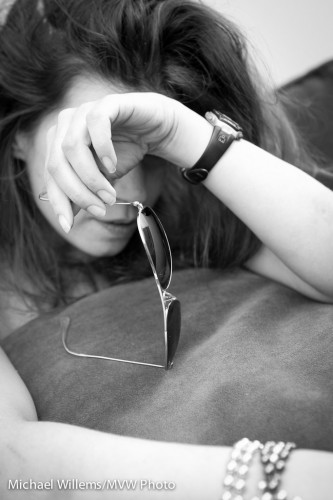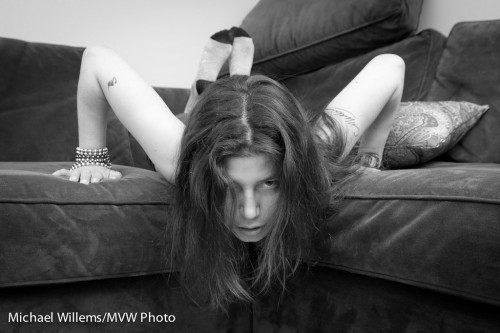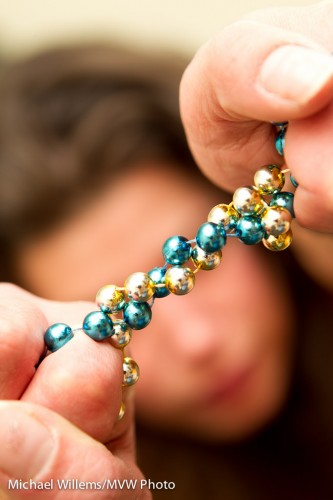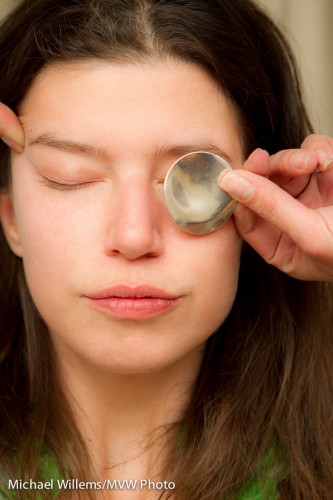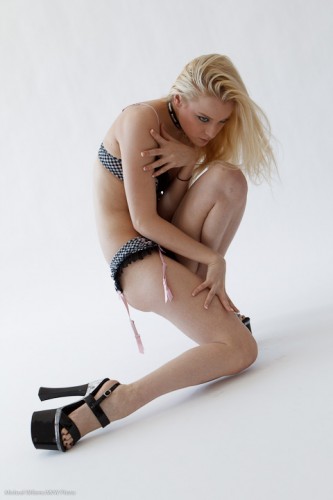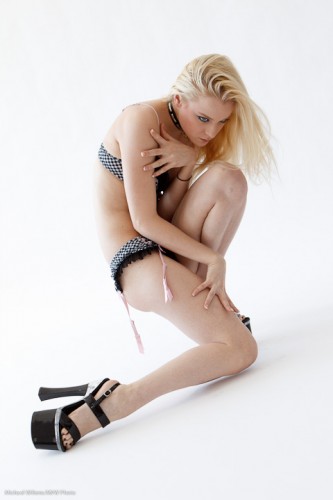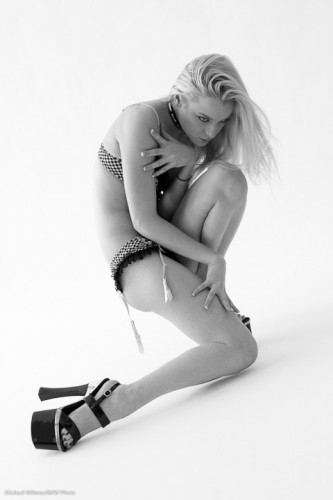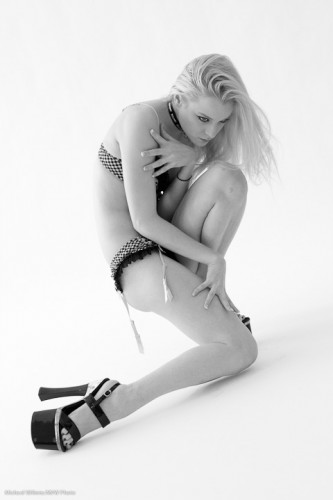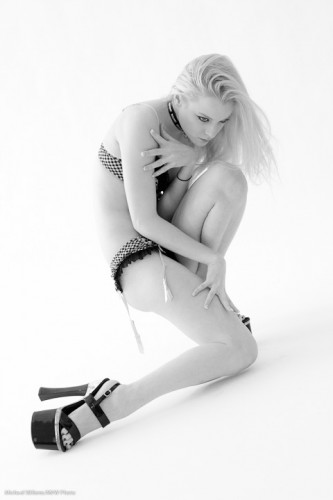I often, as you know, write about what I have been photographing recently, and that has been a number of sessions with a regular and excellent model, Kim – so I shall do one more post on this today.
When shooting a model, or fashion, or art portraits – anything creative – it is important to try different poses all the time. A good model changes his or her pose every two or three seconds. It is the photographer’s duty to go with that; even to encourage that with less experienced models.
So in seconds you go from this – and all these are from yesterday, all shot within minutes:
To this:
To this:
To this:
And so on… all in seconds. Try different poses, angles, look, zoom angles.
That is difficult sometimes, because in a shoot like that, you have to shoot quickly. No time to meter, to set up lights. So I:
- Know my camera very well.
- Use a zoom lens (24-70 in this case)
- Use very simple lighting – two flashes, one on camera bounced, one off camera bounced or direct.
- Set my flashes to TTL flash control
- Vary looks, vary zooms, vary apertures, vary angles – sometimes you do not know what works until you see it.
By doing it this way, I can react quickly to the different areas and poses. And that, in this kind of shoot, is key
So when you shoot anything, think “what type of shoot is this”. In this type of shoot, quick reactions are key. In other types of shooting, I can spend ten minutes setting up lights for each shot – both are valid ways of shooting. Know which one you are doing and shoot accordingly.

